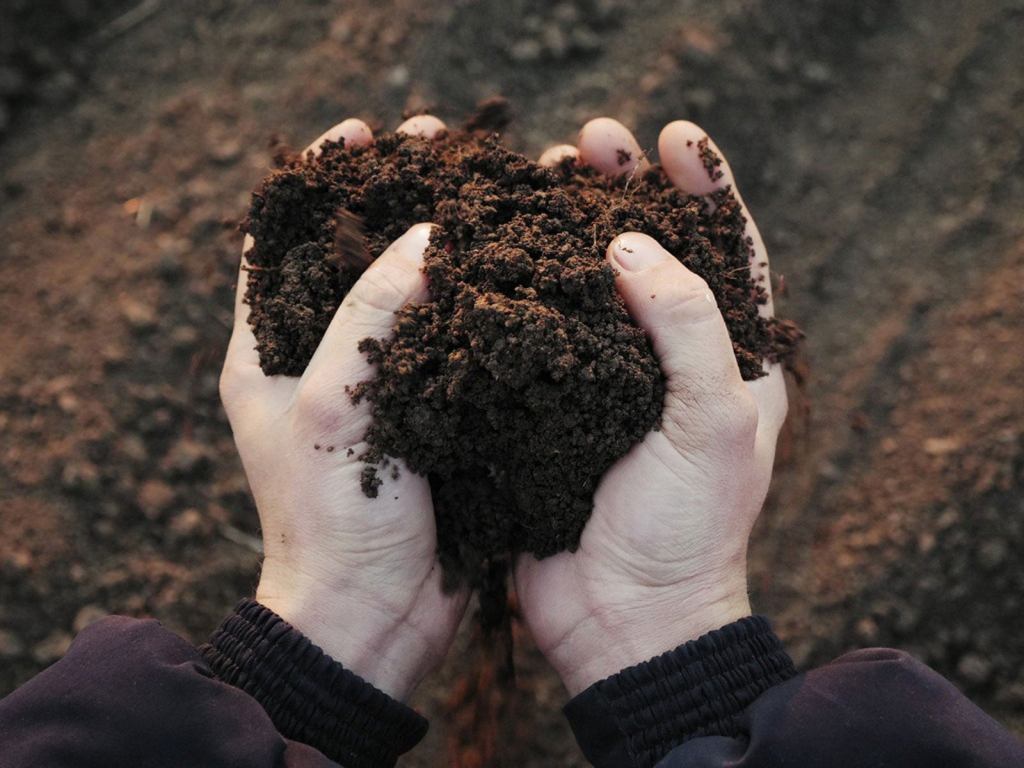Soil health is crucial for successful gardening, farming, and overall sustainable living. By nurturing and maintaining healthy soil, you can ensure the long-term productivity of your land while minimizing the need for chemical fertilizers or pesticides. In this article, we will explore ten essential tips to improve soil health on your homestead.
1. Test Your Soil: Before making any amendments or adjustments to your soil, it’s crucial to understand its composition and nutrient levels. You can purchase a soil testing kit from a local garden center or send a sample to a lab for analysis. The results will help you identify any deficiencies or imbalances that need correction.
2. Add Organic Matter: Organic matter serves as food for beneficial microbes in the soil, improves drainage, and enhances its ability to retain moisture. Incorporate compost into your beds regularly or use cover crops like legumes that fix nitrogen in the soil.
3. Mulch Your Beds: Applying mulch not only helps conserve moisture but also prevents erosion and suppresses weed growth. Organic materials such as straw, wood chips, or leaves make excellent choices for mulching.
4. Rotate Crops: Crop rotation is an effective technique used by farmers for centuries to prevent disease buildup in the soil and maintain balanced nutrient levels. Designate different areas of your garden or field each year for specific plant families so that crops with similar nutrient needs are grouped together.
5. Practice No-Till Gardening: Tilling disrupts the delicate balance of microorganisms within the topsoil layers and exposes them to air and sunlight where they can die off quickly. Instead of tilling every season, consider using no-till methods such as lasagna gardening or raised beds to protect these valuable organisms.
6. Use Natural Fertilizers: Synthetic fertilizers may provide quick results but often come with negative consequences like leaching into groundwater or killing beneficial organisms in the soil over time. Instead, opt for natural alternatives like compost, well-rotted manure, bone meal, or seaweed extract.
7. Avoid Overwatering: Proper irrigation is crucial for soil health. Overwatering can lead to waterlogged soil and root rot while also leaching away essential nutrients. Use a moisture meter or observe your plants to determine their watering needs accurately.
8. Encourage Beneficial Insects: Some insects are beneficial for your garden as they prey on pests that can harm your crops’ health and productivity. Plant flowers such as marigolds, daisies, or lavender to attract pollinators and predators like ladybugs or lacewings.
9. Diversify Your Plantings: Growing a variety of plant species helps promote biodiversity above and below the ground. Different plants have different root structures that break up compacted soil and enhance nutrient cycling.
10. Practice Crop Covering: During fallow periods or in between crop rotations, consider planting cover crops such as clover, rye grass, or buckwheat to protect the soil from erosion and add organic matter when tilled under.
By implementing these ten tips into your homesteading practices, you will create a thriving ecosystem within your soil that supports healthy plant growth while reducing the need for chemical inputs. Remember, building healthy soil takes time and patience but yields long-lasting rewards in terms of increased fertility and resilience against diseases and pests!


Leave a comment